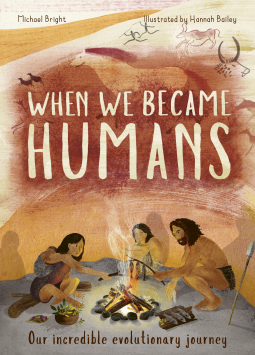The World's Most Ridiculous Animals by Philip Bunting is the second book in a series. The first was The World's Most Pointless Animals, which came out last summer. They do not need to be read as a series, but if you like the style, humor, and format of one you should go check out the other. It is currently scheduled for release on July 12 2022.
The antagonist voice, shown though 'written' annotations through out the book, points out the apparent ridiculousness of each creature's features. While the narrator also describes the evolutionary reasons or advantages for each animal's extraordinary characteristics. Humor, information and illustrations fill this guide to ridiculous animals. It includes funny labelled diagrams and will help teach kids about evolution by studying some of its most wild products.
The World's Most Ridiculous Animals is a fun book. I have to admit chuckling out load a couple times at the snarky commentary about the featured creatures. However, it is also informative and this combination could be just the thing to help reluctant readers tackle nonfiction reading assignments or requirements for school and summer reading. Many of the animals featured are familiar to me, but I did learn a little something new about even the Betta fish. There were also several creature I have never heard of, like the Mexican Mole Lizard. I think the balance of reasonably familiar and completely new animals is nice, keeping readers interested and engaged. The artwork is fun and does a good job of capturing some of the real aspects of the animals and still being cartoonish. The only thing I would have liked is some actual photographs of the creatures features (not all but at least a few) perhaps in the endpages, along with some recommendations of books or websites to see more.






